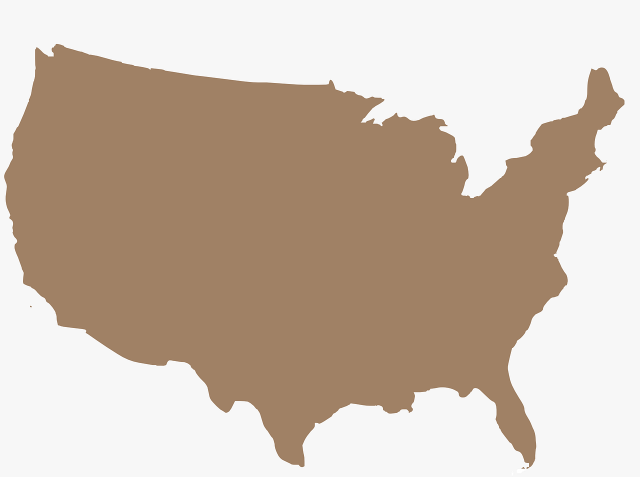Food Allergy Labels in USA
As it is currently Allergy Awareness week (running from the 10th-16th May), Travelling with Allergies wants to explore the labelling of allergens and has continued with looking at the USA. Food allergy labels can mean different things in different countries so it is important to understand what exactly the labels must contain, so that you remain safe whilst travelling with allergies. For our previous news article on EU specific allergy labelling, click here.
In a similar fashion to the EU, manufactured food products in the USA must state clearly if they include any of the 8 most common allergens, which are; wheat, nuts, peanuts, soy, fish, crustaceans, egg or milk in addition to stating if more than 10 mg/kg of sulphites (sulfites) are included. This law was passed through congress in 2004 and is named as the Food Allergen Labelling and Consumer Protection Act (FALCPA), the report of which can be found here. Some of the important findings of this report were that approximately 5% of infants and 2% of adults suffer from food allergies in the USA and that there are approximately 150 deaths caused by food allergy in the USA each year.
In addition to food allergy, for those with celiac disease or a sensitivity to gluten, all packaged foods that are labelled as "Gluten Free" must follow the FDA's gluten free final rule from the 5th August 2014. Specifically, all gluten free food must not contain any more than 20 parts per million of gluten. In addition to packaged foods, this rule has been suggested to non-packaged foods in restaurants with the aim of keeping consistency across all types of food establishments.

